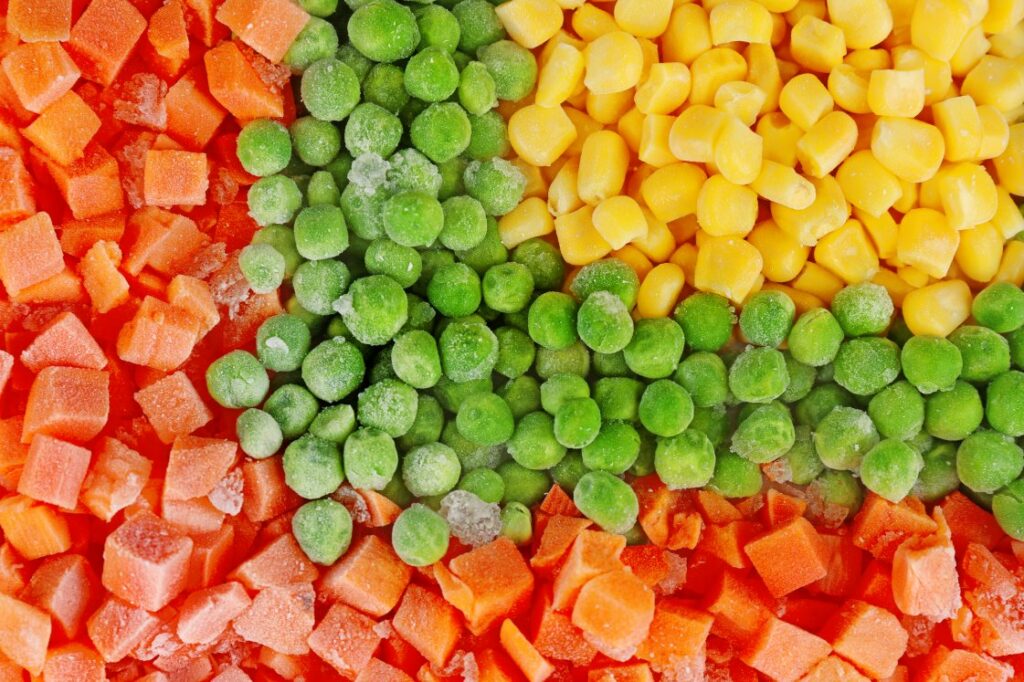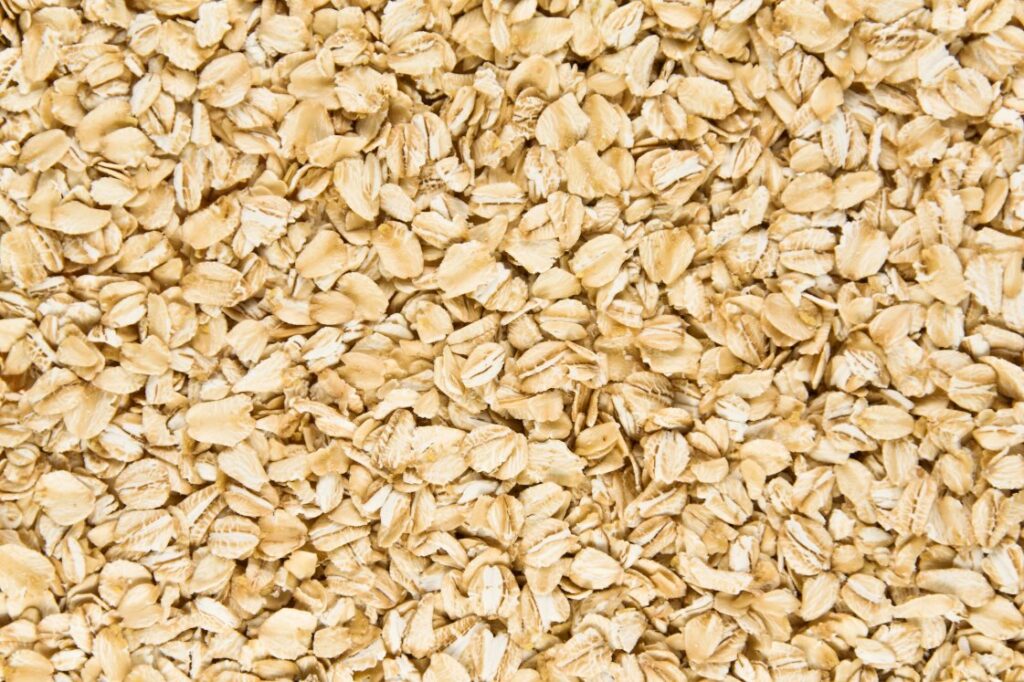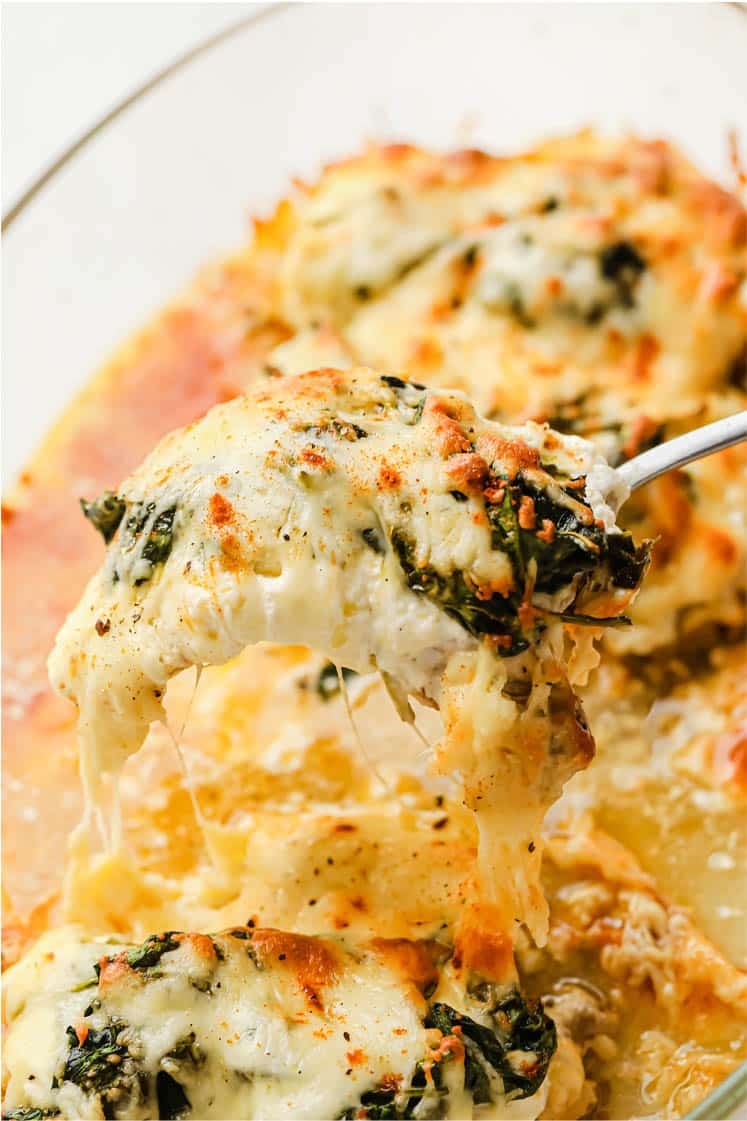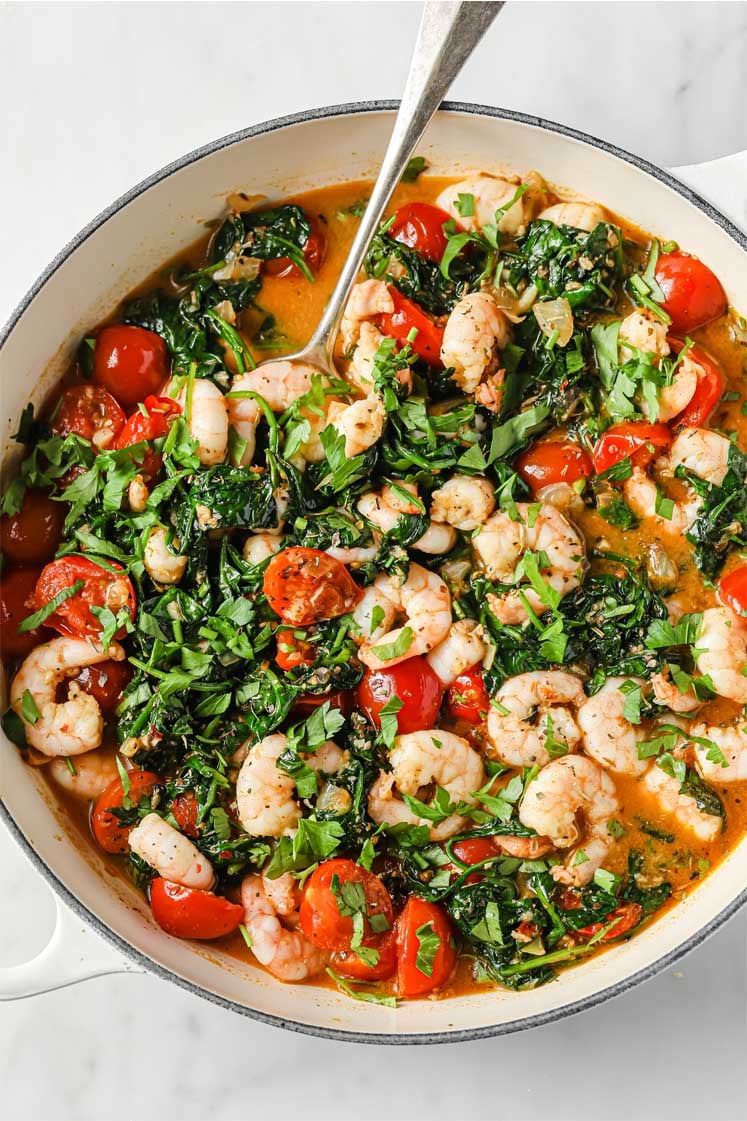Swapping out expensive groceries for budget-friendly staples is a no-brainer when you’re looking to save some cash. Let’s face it: we all love a good deal, and who says you can’t have your (cheaper) cake and eat it, too? This post is all about making smart switches that keep your wallet happy without sacrificing flavor or nutrition. From blocks of cheese to whole chickens and dried beans, these swaps are so good, you’ll wonder why you didn’t make them sooner.

Buy Blocks of Cheese Instead of Pre-Shredded

Pre-shredded cheese is a time-saver, but it often comes with a higher price tag and additives like anti-caking agents to prevent clumping. Buying cheese in blocks is generally more cost-effective, and you can shred or slice the amount you need. Grating cheese at home also means you can choose the coarseness of the shred, giving you more control over the texture of your dishes.
Swap Tender Cuts of Meat for Tougher Cuts

While tender cuts of meat like sirloin or tenderloin are prized for their texture and quick cooking time, they can be quite costly. Tougher cuts such as chuck, brisket, or round are often overlooked but offer great value. These cuts benefit from slow cooking methods like braising or stewing, which break down the tough fibers and result in tender, flavorful meat. These methods also enhance the taste of the meat, making it a delicious and economical choice for family dinners.
Swap Nut Butters for Whole Nuts

Nut butters are a convenient source of protein and healthy fats, but specialty and organic varieties can be quite expensive. Buying whole nuts in bulk and making your own nut butter is an economical alternative that also allows you to customize the flavor and texture. If you’re not up for making nut butter, simply incorporating a variety of whole nuts into your diet can provide the same nutritional benefits. You can add them to oatmeal, salads, or enjoy them as a snack, making this swap both cost-effective and versatile for your nutritional needs.
Buy Whole Chickens Rather Than Parts

Purchasing pre-cut chicken parts like breasts or thighs can quickly increase your grocery bill, especially if you’re cooking for a family. A whole chicken is a more economical choice, often costing less per pound than separate parts. When you buy a whole chicken, you’re also getting the benefit of variety — breasts for grilling, thighs for braising, wings for baking, and even the carcass for making homemade stock. The process of roasting a whole chicken is straightforward, and the leftovers can be repurposed into a range of dishes, from chicken salads to tacos, giving you more bang for your buck and reducing food waste.
Choose Bulk Rice Over Instant or Flavored Packets

Instant rice and flavored rice packets are marketed for their convenience, allowing you to have a side dish ready in minutes. However, this convenience comes with a higher cost per serving and often includes added sodium and preservatives that you might want to avoid. In contrast, bulk rice is much more cost-effective, allowing you to buy larger quantities for less money. It also gives you the freedom to season the rice exactly to your liking, making it a healthier option. With a little extra cooking time, you can prepare a larger batch of rice and refrigerate or freeze the leftovers for future meals, saving both time and money in the long run.
Choose Dried Beans Over Canned

Canned beans have become a pantry staple due to their convenience; they’re precooked and ready to use straight from the can. However, this convenience comes at a cost, both in terms of dollars and additional sodium content. Dried beans, on the other hand, are a budget-friendly powerhouse. They are significantly cheaper by weight and, when prepared in bulk, can offer savings over time. With a little planning, you can soak and cook large quantities, then refrigerate or freeze portions for later use. Not only do dried beans have a longer shelf life, but they also allow you to control the sodium level and avoid preservatives commonly found in canned goods.
Use Frozen Vegetables Instead of Fresh

Fresh vegetables are essential to a healthy diet, but their shelf life can be disappointingly short, leading to waste and frequent, costly trips to the grocery store. Frozen vegetables are a great alternative, as they are picked and frozen at their peak ripeness, locking in nutrients and flavor. The freezing process preserves these vegetables for months, so you always have a stock of healthy ingredients. Additionally, frozen vegetables are often less expensive than fresh ones, especially for out-of-season produce. They can be a versatile and convenient option, ready to be tossed into a stir-fry, soup, or casserole with minimal prep.
Swap Fresh Seafood for Frozen

Seafood is a nutritious addition to any diet, offering high-quality protein and essential omega-3 fatty acids. However, fresh seafood can be expensive and has a limited shelf life, which can lead to waste if not consumed promptly. Frozen seafood is a budget-friendly alternative that retains much of the nutritional value and taste of fresh seafood. It’s flash-frozen shortly after being caught, which preserves its quality. With frozen seafood, you have the convenience of using only what you need and storing the rest, reducing waste and allowing for more cost-effective meal planning.
Use Powdered Milk for Cooking

Liquid milk is a staple in many households, but its perishable nature means it can spoil before you’re able to use it all, leading to waste and repeated purchases. Powdered milk offers a practical solution, especially for cooking and baking purposes. It’s shelf-stable and can be reconstituted with water to create milk that can be used in recipes calling for liquid milk. This not only reduces waste but also offers a lower cost per volume. Powdered milk is also a great item to have in your pantry for emergency situations or times when you might not be able to get to the store.
Buy In-Season Fruits or Opt for Frozen

Buying fruits out of season can be an expensive option, as they are often imported from far away, which adds to the cost and often results in a lackluster taste. In-season fruits, however, are more abundant, taste better, and are generally sold at a lower price due to the reduced transportation and storage costs. When your favorite fruits are not in season, consider purchasing frozen varieties. Like vegetables, frozen fruits are picked and frozen at peak ripeness to preserve their flavor and nutritional value. They are perfect for smoothies, baking, or as toppings for cereal and yogurt, making them a versatile and budget-friendly option year-round. Another thing to consider is that many stores discount fruits that are misshapen or have cosmetic blemishes but are perfectly good to eat. These items are often found in a “clearance” section and can be significantly cheaper than their prettier counterparts.
Swap Single Yogurt Cups for Larger Containers

Individual yogurt cups are a staple for quick snacks or part of a packed lunch, but they come with a price for the convenience and packaging. Larger containers of yogurt provide the same delicious product at a better value. By portioning out servings yourself, you can cut down on waste and manage portions more effectively. You can also customize your yogurt by adding fresh fruit, honey, or granola, creating your own flavored varieties without the added sugars that often come with pre-packaged options. This simple swap not only saves money but also offers the flexibility to enjoy yogurt just the way you like it.
Swap Out Brand-Name Cereals for Store Brands

When you reach for that colorful box of brand-name cereal, you’re often paying for the brand’s marketing efforts and attractive packaging. These costs are passed on to the consumer, making these cereals more expensive. On the other hand, store-brand cereals are typically packaged with less flair and marketed less aggressively, resulting in lower prices. The secret is that many store brands are produced in the same facilities as their brand-name counterparts, so you get a similar quality and taste without the premium price tag.
Choose Traditional Oats Over Instant Oatmeal Packets

Instant oatmeal packets are handy for a quick breakfast, but they often come with added sugars and a higher cost per serving. Traditional rolled or steel-cut oats are less processed, have no added sugars, and are more affordable. They may take a bit longer to cook, but you can prepare a large batch at the start of the week and enjoy quick and easy breakfasts every day.
Choose Tap Water Over Bottled Beverages

Bottled drinks, whether it’s water, soda, or juice, can take up a significant portion of your grocery budget. They also contribute to environmental pollution due to plastic waste. Tap water, on the other hand, is a cost-effective and eco-friendly option. If you’re concerned about the taste or quality of your tap water, a good water filter can improve it significantly. For those who prefer flavored beverages, adding natural ingredients like lemon, lime, cucumber, or berries can provide a refreshing twist without the added sugars and artificial flavors found in many bottled drinks. By choosing water, you’ll be making a healthy choice for both your body and your wallet.
Choose Plain Popcorn Kernels Over Microwave Popcorn

Microwave popcorn is a popular snack due to its convenience, but it often comes with a higher price per serving and unnecessary additives like artificial flavors and preservatives. Buying plain popcorn kernels and popping them yourself is a healthier and more budget-friendly option. You can pop kernels on the stove, in an air popper, or even in the microwave using a plain paper bag. This allows you to control the amount of salt and oil, and you can experiment with different seasonings to create a variety of flavors. Homemade popcorn is a fun, easy, and cost-effective snack that the whole family can enjoy.
























Leave a Reply